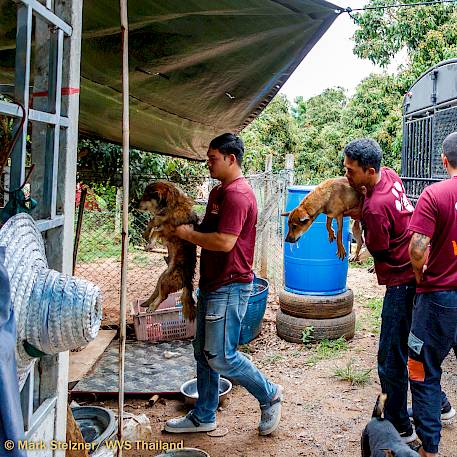25 Sep 2024
6 Ways to Care for Pets During Floods
1. Do Not Tie Up or Confine Pets in Flood Areas
- Pets can drown if tied up or confined when the water rises.
- Consider providing a life jacket for pets that are not good swimmers.
- In emergencies, pets should have the opportunity to escape to safety.
2. Keep Pets in Safe and Dry Areas
- Place them on higher floors, above flood levels.
- Keep pets indoors to protect them from hazards such as pathogens, bacteria, debris, and other animals.
- If you must take them outside, use crates and leads, avoiding flooded areas.
3. Prepare an Evacuation Plan for Pets
- Research pet evacuation centres in advance.
- Have crates and leads ready for easy transport.
- Identify your pets with collars and tags that display your contact information.
- Prepare necessary documents, including photographs, ownership papers, and vaccination records.
4. Stock Up on Food, Clean Water, and Medications
- Store sufficient food, clean water, and medications in waterproof containers.
- Ensure you have enough supplies to last in case of prolonged flooding.
5. Monitor Your Pet’s Behaviour and Health
- Watch for any unusual behaviours, such as changes in appetite or excessive vocalisation.
- If you notice anything concerning, consult a veterinarian promptly.
6. Be Aware of Post-Flood Dangers
- After flooding, check your home and surroundings for hazards such as sharp objects, venomous animals or toxic substances.
- Keep pets away from potentially contaminated water until safety can be confirmed.





